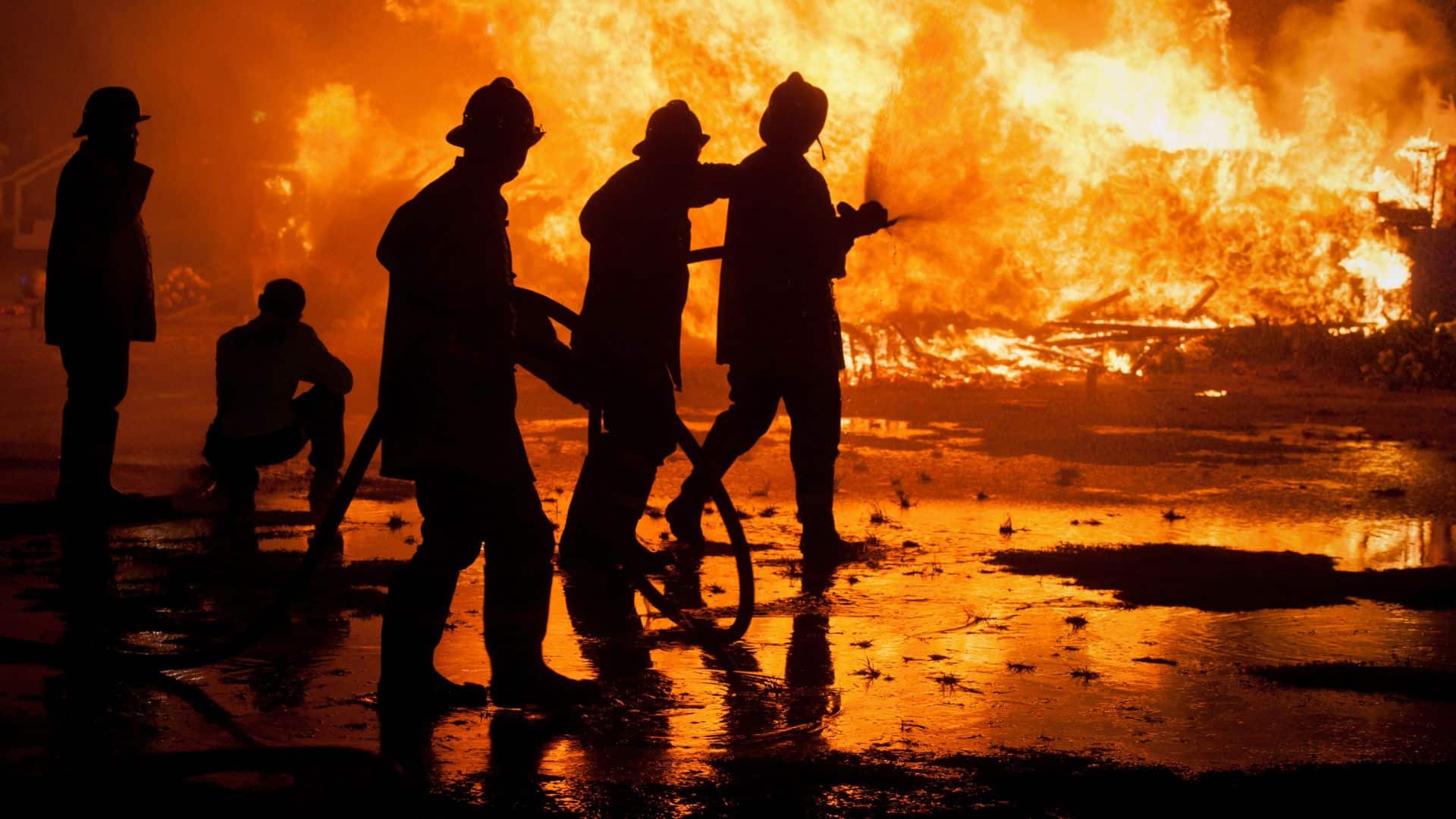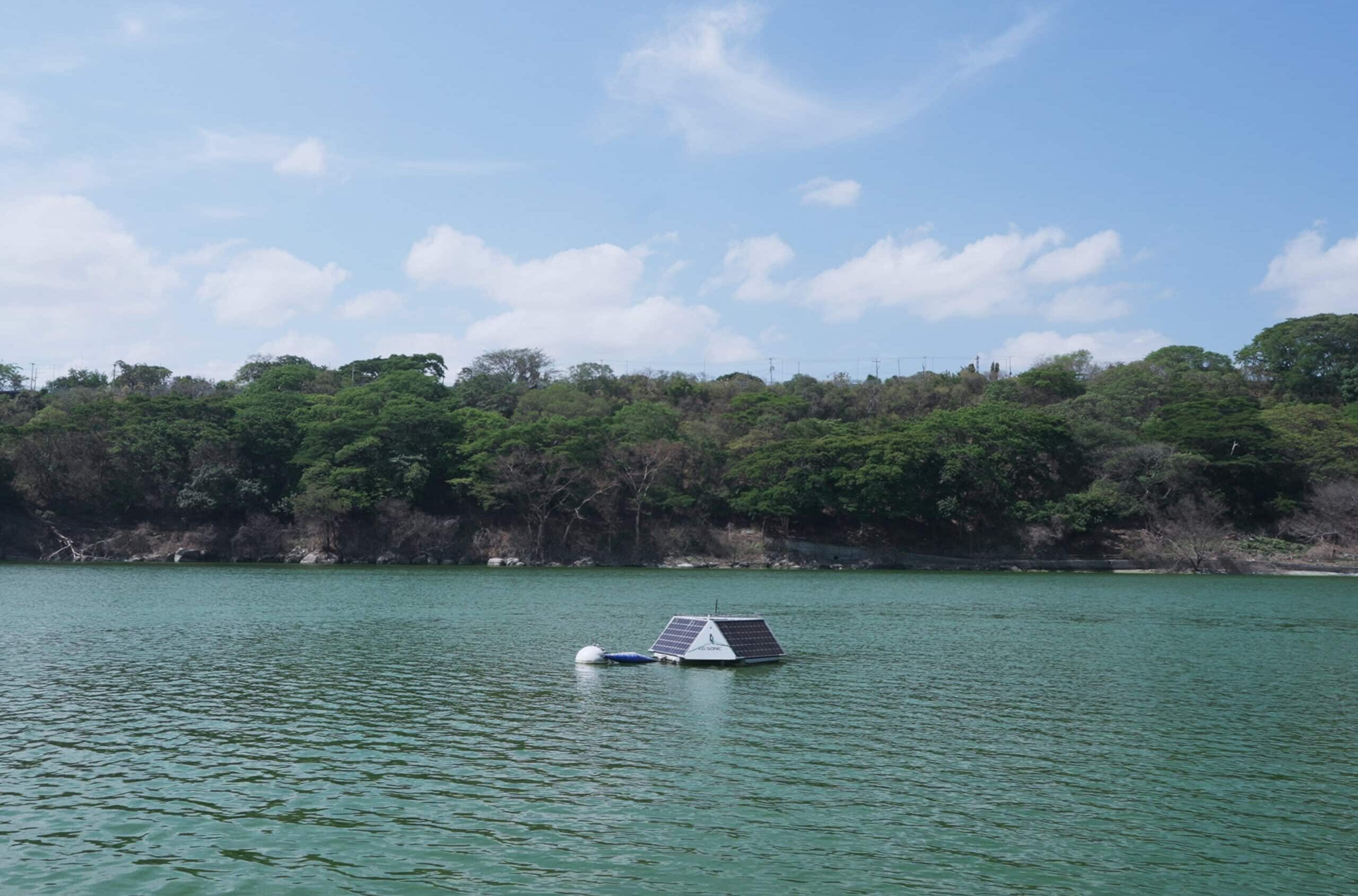South America is currently facing a devastating crisis as wildfires consume millions of hectares, especially in the Amazon basin. Over 400,000 fires have been reported, leading to catastrophic ecological damage and threatening countless species.
The intense drought conditions have exacerbated the situation, creating an environment ripe for rapid fire spread. Activists are raising alarms over the impact on biodiversity and the rights of Indigenous communities.
Furthermore, the smoke from the fires has resulted in hazardous air pollution across major cities. Unfortunately, the destructive consequences extend far beyond this.

Wildfires are now posing a significant threat to water resources as well. Considering the growing global water scarcity, which has become alarmingly evident during recent droughts, the situation is more than concerning.
The fires are escalating at an alarming rate, ravaging forests, homes, and wildlife habitats, leaving irreversible destruction in their wake. The devastation is spreading relentlessly, consuming everything in its path and threatening to wipe out ecosystems that have thrived for centuries.

The gravity of the situation cannot be overstated. Governments, international organizations, and environmental agencies must collaborate swiftly to prevent further destruction and mitigate long-term consequences.
The Alarming Impact on Water Quality
The ramifications of wildfires extend far beyond the obvious destruction. Wildfires can profoundly disrupt water quality in several ways:
Sedimentation
After a wildfire, vegetation that stabilizes the soil is removed. Rain can wash away soil and ash into nearby streams, rivers, and lakes, leading to increased sedimentation. This can cloud water and reduce light penetration, harming aquatic life.
Nutrient Release
Burning vegetation and organic matter releases nutrients such as nitrogen and phosphorus. These nutrients are typically stored in the biomass of plants and soil organic matter.
Additionally, the ash left behind after a fire can be nutrient-rich. When rain occurs, these nutrients can wash into water bodies, promoting algal blooms.

Toxic Compounds
The combustion of organic material releases various harmful compounds, including heavy metals and toxins, which can enter water bodies through runoff. This can degrade water quality and harm aquatic organisms.
Water Temperature
If a wildfire occurs near a body of water, the heat from the flames can raise the temperature of the water, which can be particularly pronounced in smaller ponds and streams. Additionally, wildfires change the landscape, reducing shade from vegetation, which also contributes to the increase in water temperature.
Warmer water holds less dissolved oxygen, which is crucial for the survival of fish and other aquatic organisms. Changes in temperature can lead to habitat loss for temperature-sensitive species, disrupting breeding and feeding behaviors, and potentially leading to population declines.
Proliferation of Harmful Algal Blooms
The combination of nutrient runoff and warmer water can lead to eutrophication, where excessive nutrients fuel the rapid growth of algae. This proliferation of algae results in harmful algal blooms (HABs) that can deplete oxygen levels in the water, creating hypoxic conditions detrimental to fish and other aquatic organisms.

As these blooms die off and decompose, the process further consumes oxygen, leading to “dead zones” where aquatic life cannot survive. Moreover, some algal blooms produce toxins that can affect not only aquatic wildlife but also terrestrial animals and humans, posing serious health risks and further disrupting the ecosystem.
The cyclical nature of this phenomenon can lead to long-term ecological changes, undermining the resilience of aquatic habitats. This significantly harms biodiversity and water quality.
Technology for Restoring Biodiversity and Water Health
As wildfires wreak havoc on ecosystems and water resources across South America, innovative technology is essential in mitigating the impact of these disasters. By harnessing the power of innovation, we can work together to restore biodiversity, improve water health, and ensure a sustainable future for the communities and ecosystems that depend on these vital resources.
LG Sonic employs innovative ultrasonic technology to combat harmful algal blooms (HABs) by disrupting their growth patterns and preventing their proliferation in water bodies. This eco-friendly solution not only enhances water quality but also protects aquatic ecosystems and public health from the detrimental effects of algal toxins.
LG Sonic has successfully intervened to solve water crises across the globe. Our innovative solutions have restored vital ecosystems, ensured safe drinking water, and supported sustainable water management practices in communities facing severe environmental challenges.
The successful application of ultrasound technology in Nicaragua’s national reserve serves as one of the many remarkable examples of how innovative and sustainable solutions can restore and preserve biodiversity, even in the most challenging environments. After decades of eutrophication and the domino effects that seriously degraded water quality and disrupted ecosystems, the lagoon was revitalized with the help of LG Sonic’s intervention.
LG Sonic’s equipment offers an autonomous solution for restoring water quality and ecosystems in remote areas impacted by wildfires. Powered by solar energy, it can be easily installed in hard-to-reach locations without the need for external power sources.
The systems combine on-site measurements with satellite imagery for comprehensive environmental analysis. Satellite imagery provides a broad view of affected areas, allowing for the monitoring of water quality across large and remote regions that may be difficult to access on the ground.
This integration of remote sensing technology with on-site measurements ensures accurate, up-to-date information about water quality and ecosystem conditions. This approach enables ongoing monitoring of environmental changes, allowing for the identification of trends and interactions at both local and larger scales to assess the effectiveness of restoration efforts over time.
The technology continuously monitors water quality parameters, serving as an early warning system that detects changes indicative of potential algal blooms before they escalate. By adjusting ultrasonic frequencies in real-time, it prevents algae from adapting and effectively disrupts their growth.
Numerous studies confirm that the technology is safe for aquatic life. The MPC-Buoy operates with minimal manpower, functioning 24/7 throughout the year, making it an efficient and eco-friendly solution for water monitoring and treatment across various applications.
Conclusion
The ongoing wildfires in South America cause extensive damage and a range of environmental and socio-economic issues. Beyond their immediate effects, they also pose long-term threats to water quality. In a time when water resources are already scarce, particularly in this region that has endured severe historic droughts, the protection of water resources is of paramount importance.
Coordinated global support is crucial in restoring damaged habitats, safeguarding water resources, and tackling the root causes of these fires, such as deforestation and climate change. Time is of the essence, and without immediate intervention, the far-reaching impacts could devastate both the environment and human life for generations to come.

